We have been exploring bell beaker pots and the Beaker Folk in our Bronze Age history lessons. Last week we all designed a pot in the style of bell beakers and this week our designs came to life.









We have been exploring bell beaker pots and the Beaker Folk in our Bronze Age history lessons. Last week we all designed a pot in the style of bell beakers and this week our designs came to life.









Over the past few weeks we have been looking at healthy foods and food groups in science. We then combined this with our D&T and made ratatouille. Everyone followed the recipe and chopped vegetables, mixed and poured. It was great fun and Miss Dore was very impressed with everyone’s chopping skills.
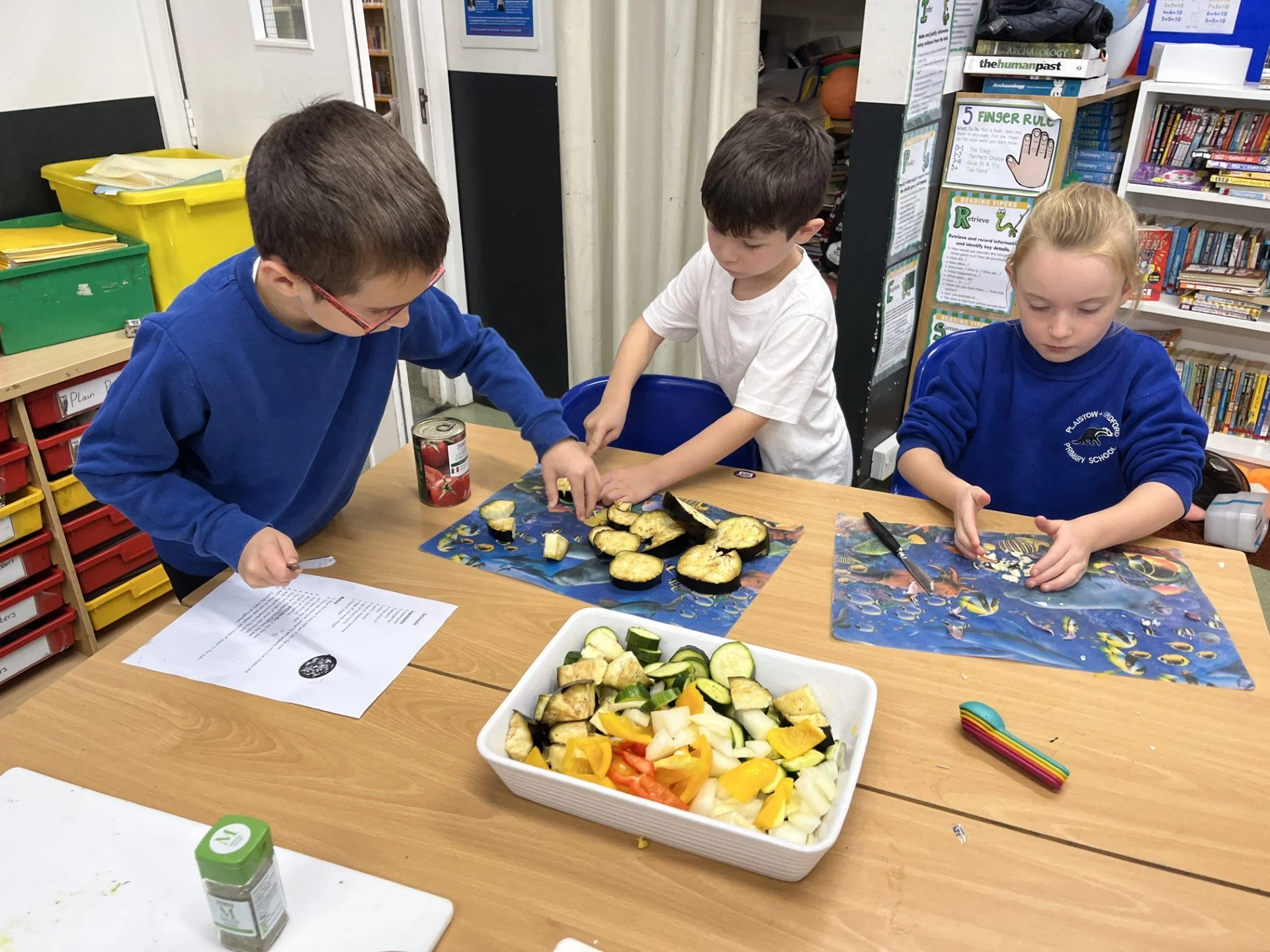
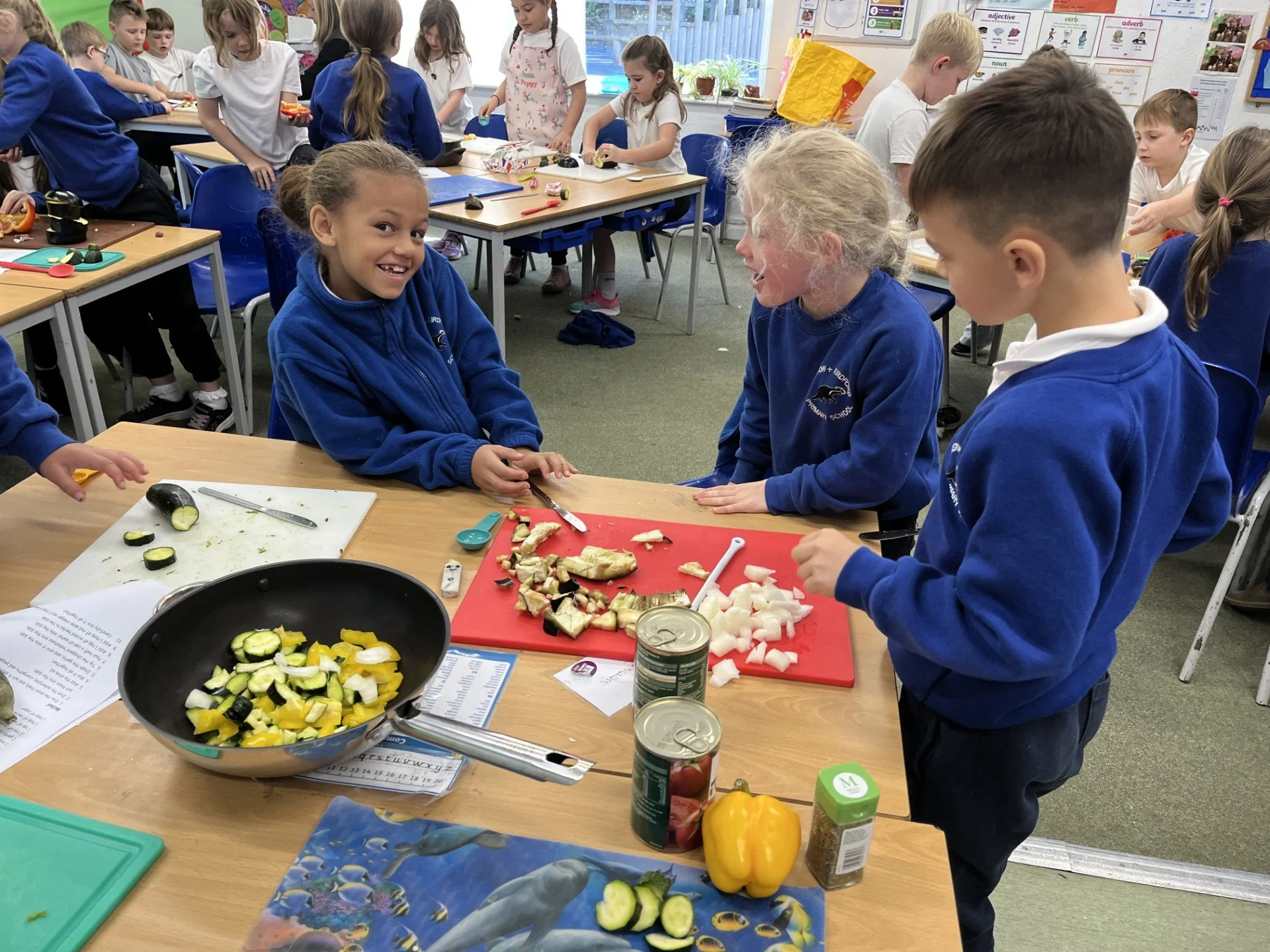
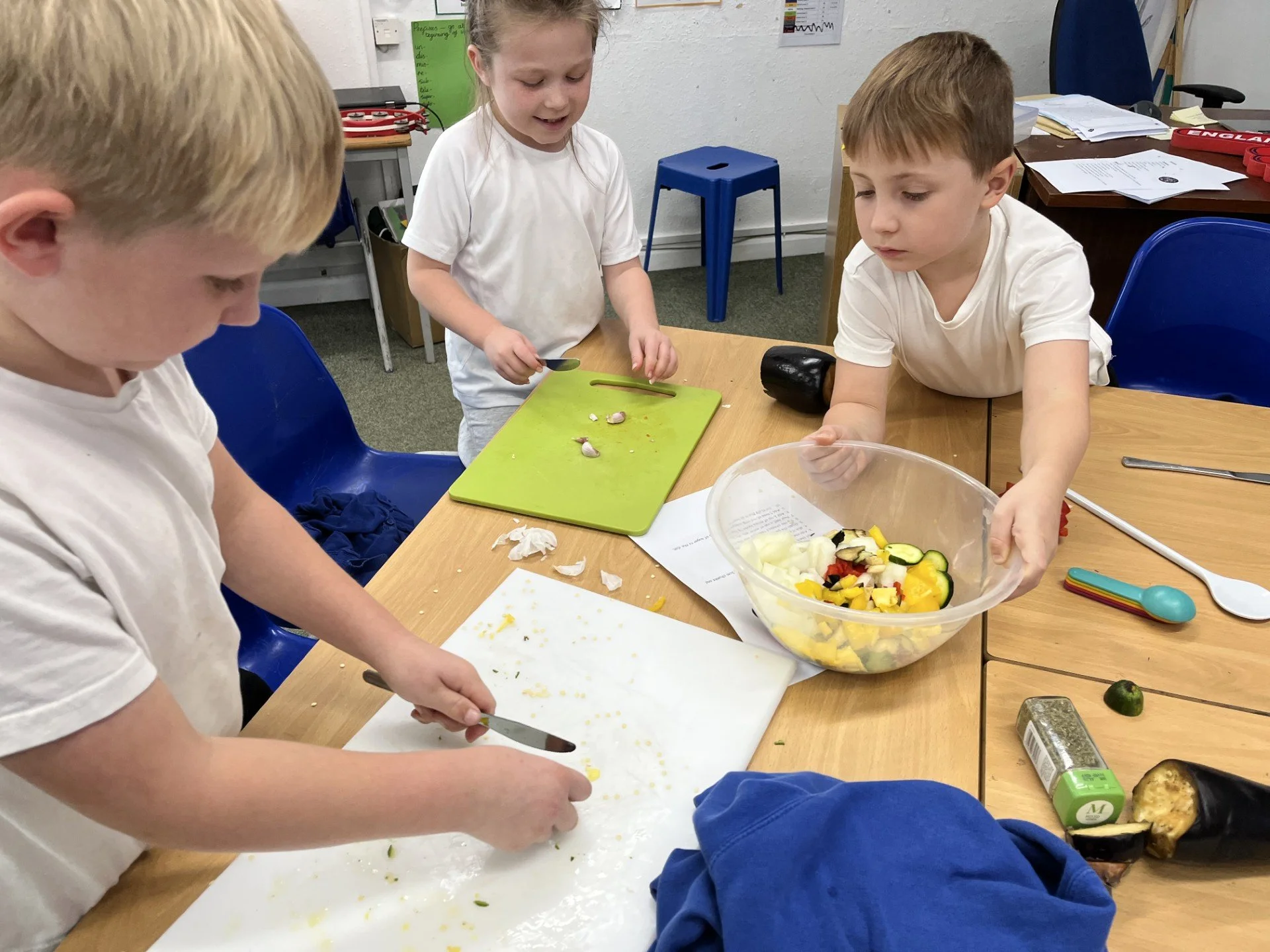
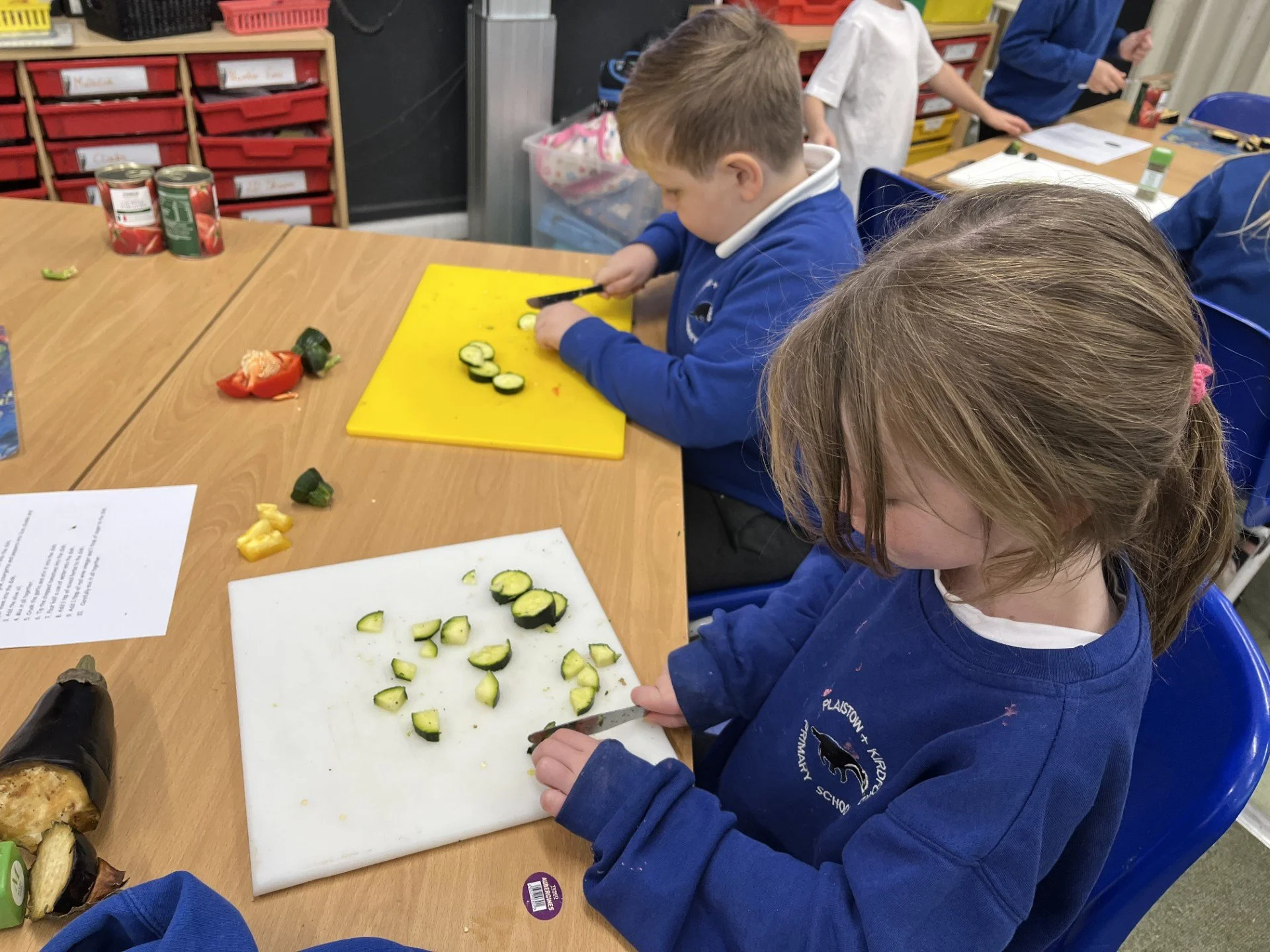
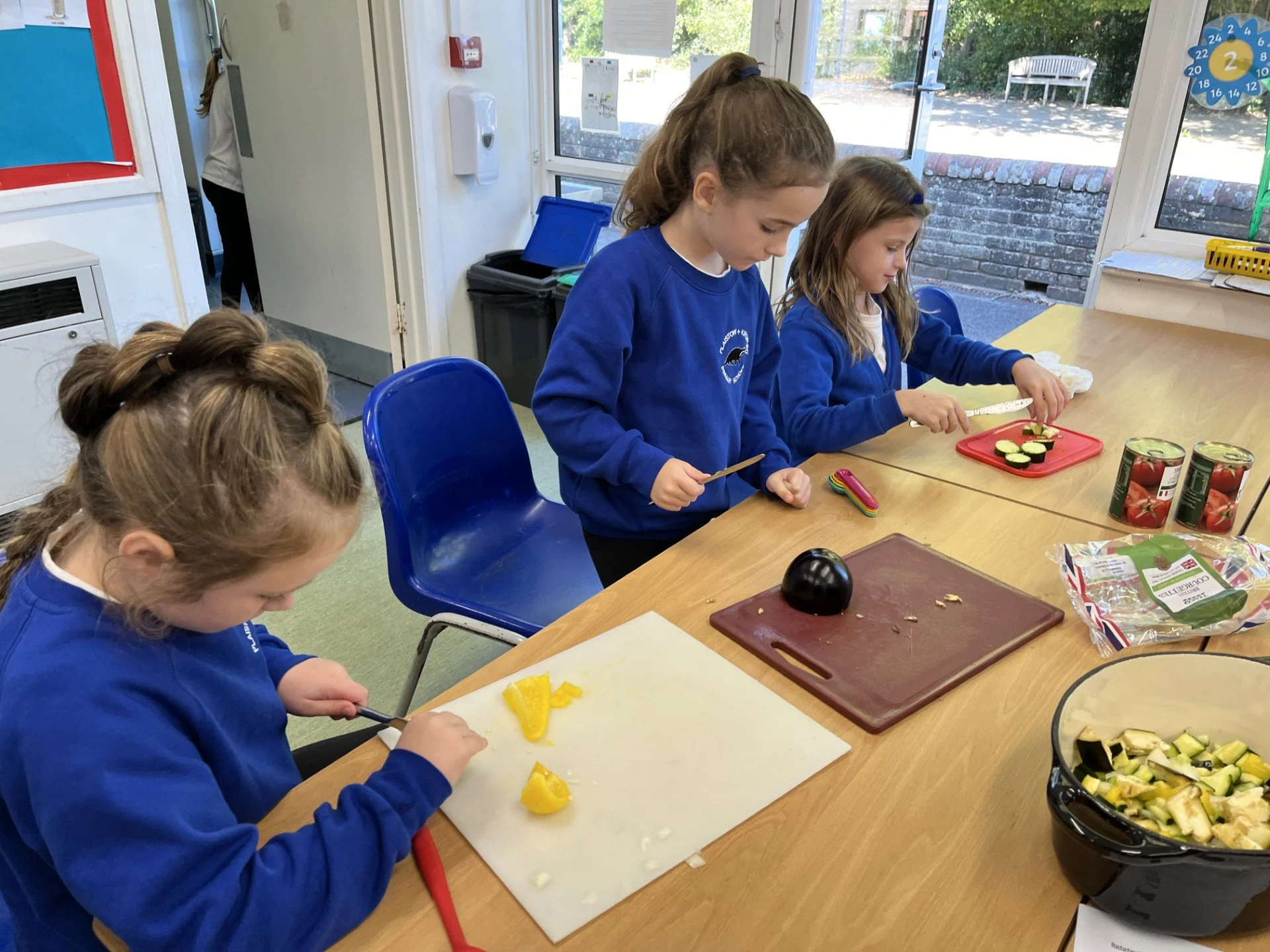
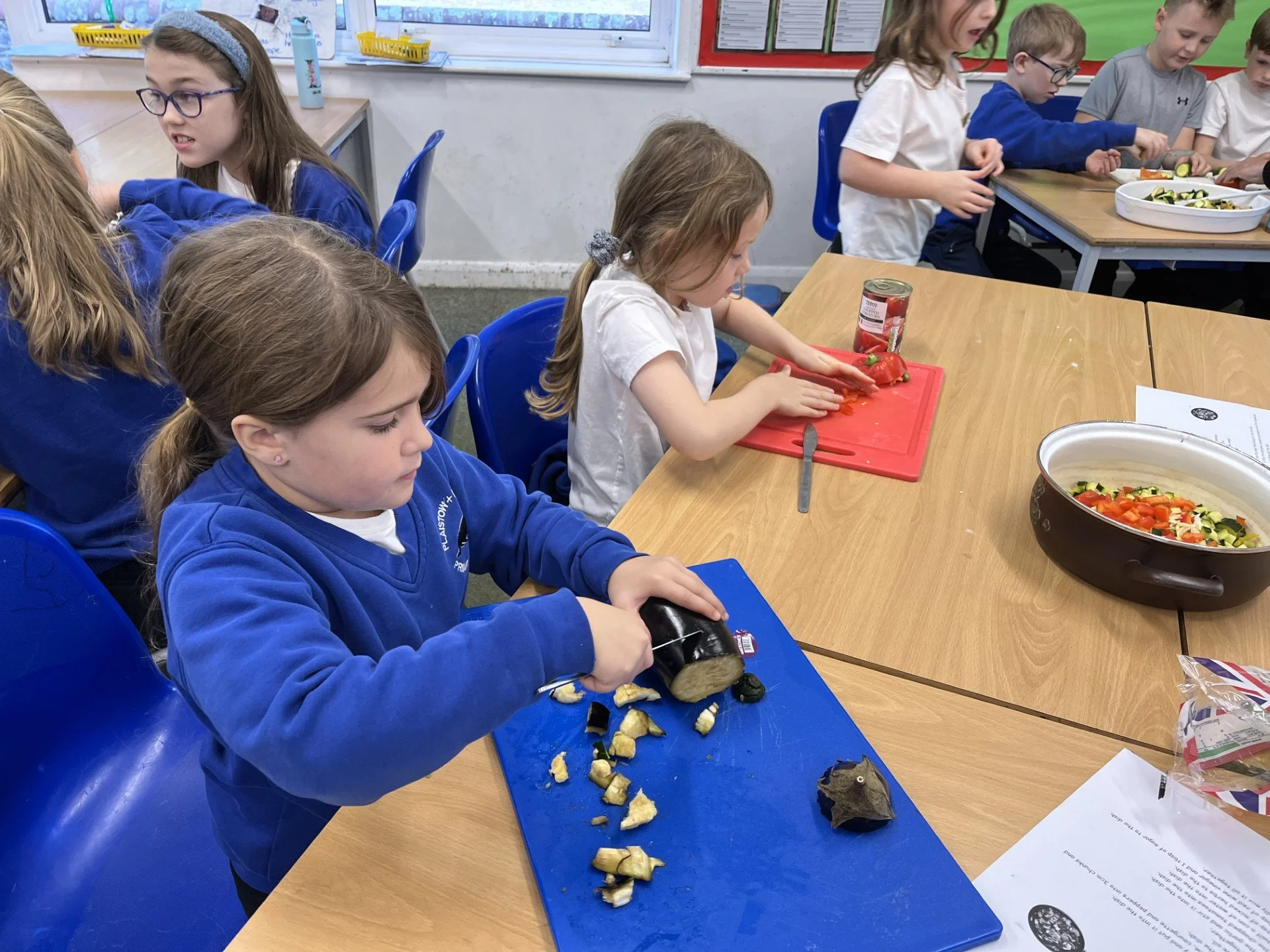
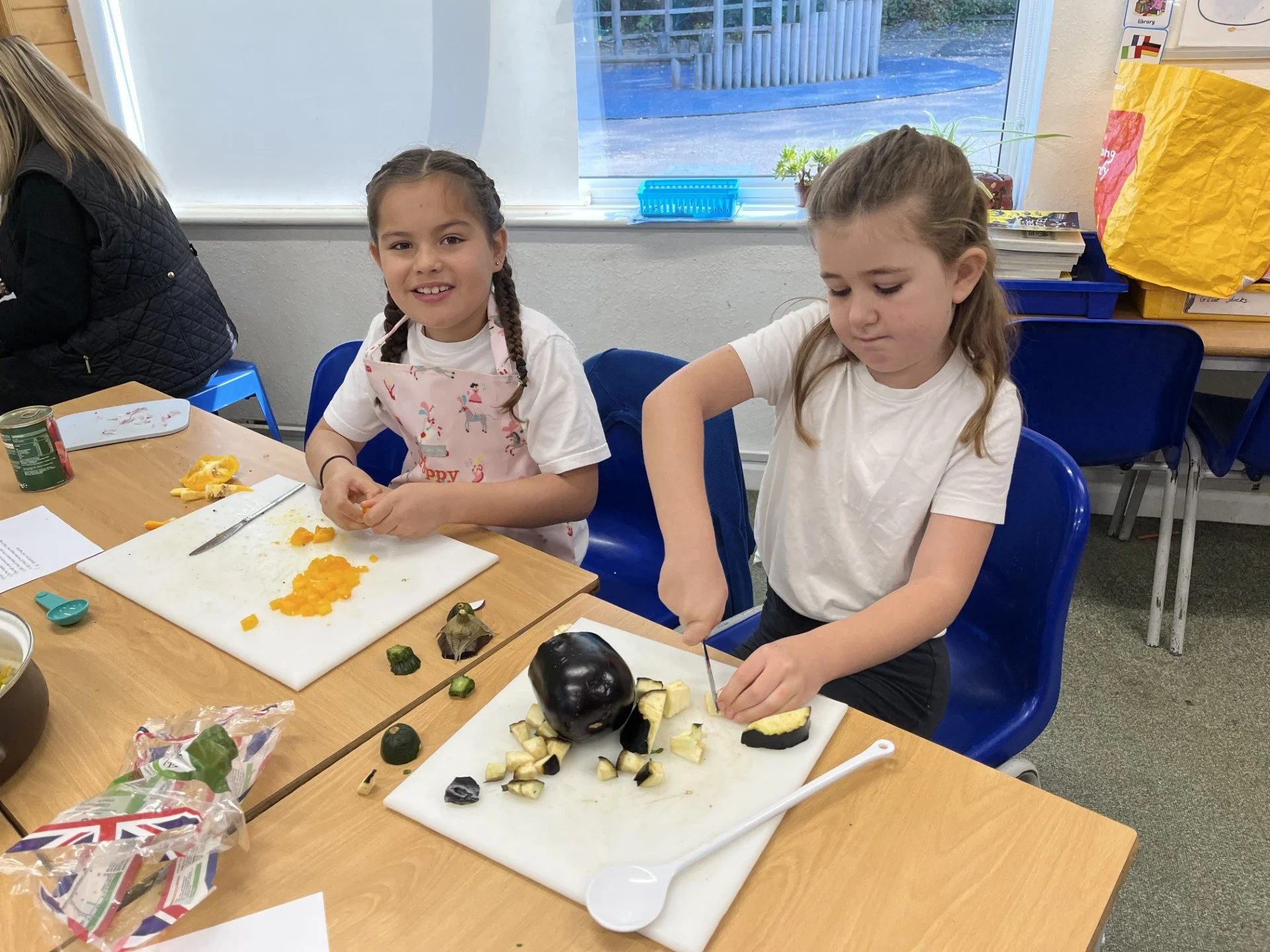
This week KS2 took part in ROAR - a day promoted through the Lions and 8 Billion Ideas. The children were split into groups which had to think of a problem (big or small) to solve. Each team had to to create a marketing poster about their invention, a prototype and present it all to their peers. At the end of the day 4 teams were selected to present their ideas to the whole of KS2.
The teachers were very impressed with all the ideas from the day - every team came up with a different problem and solution! It was also lovely to watch the children become entrepreneurs for the day.
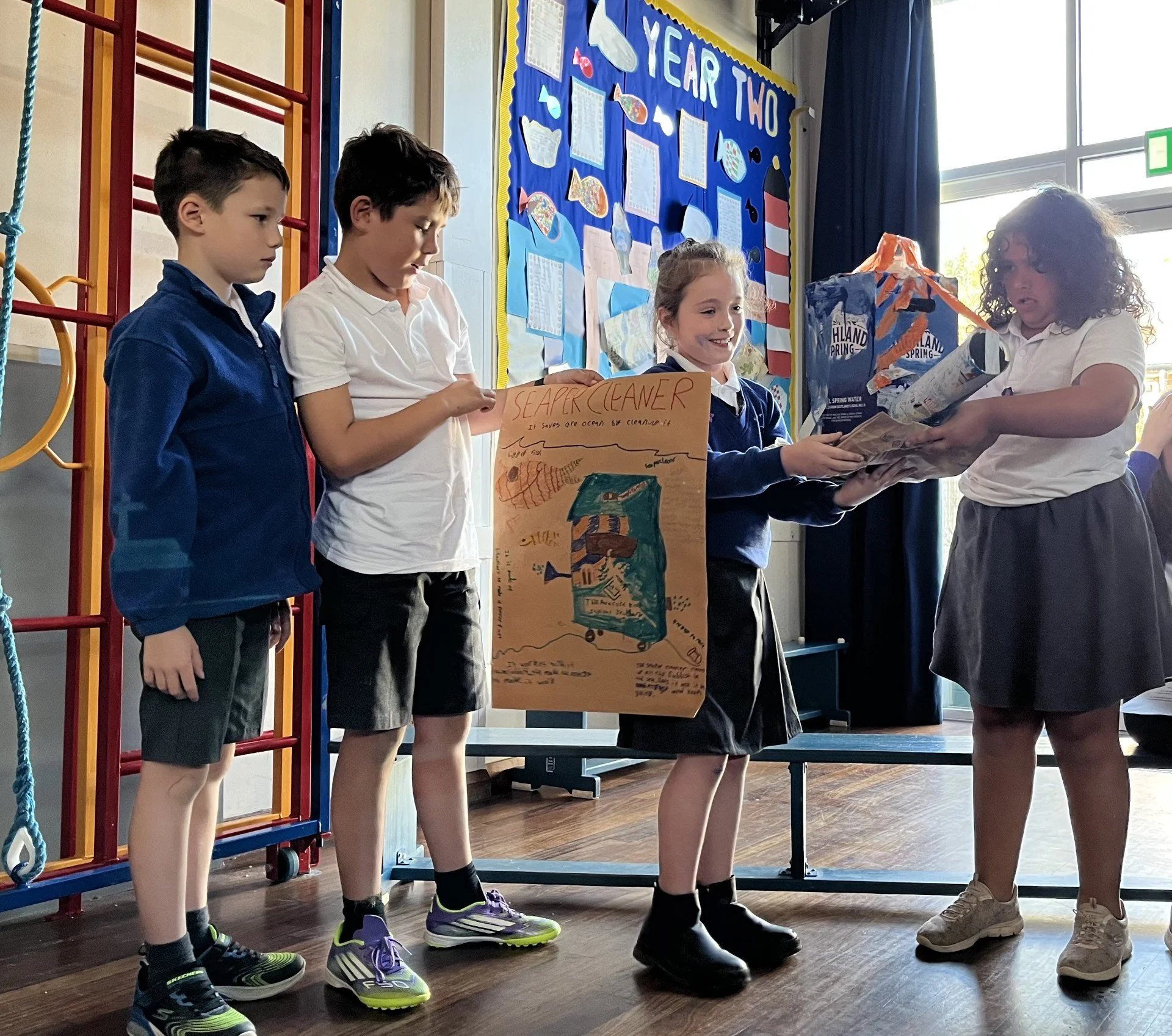
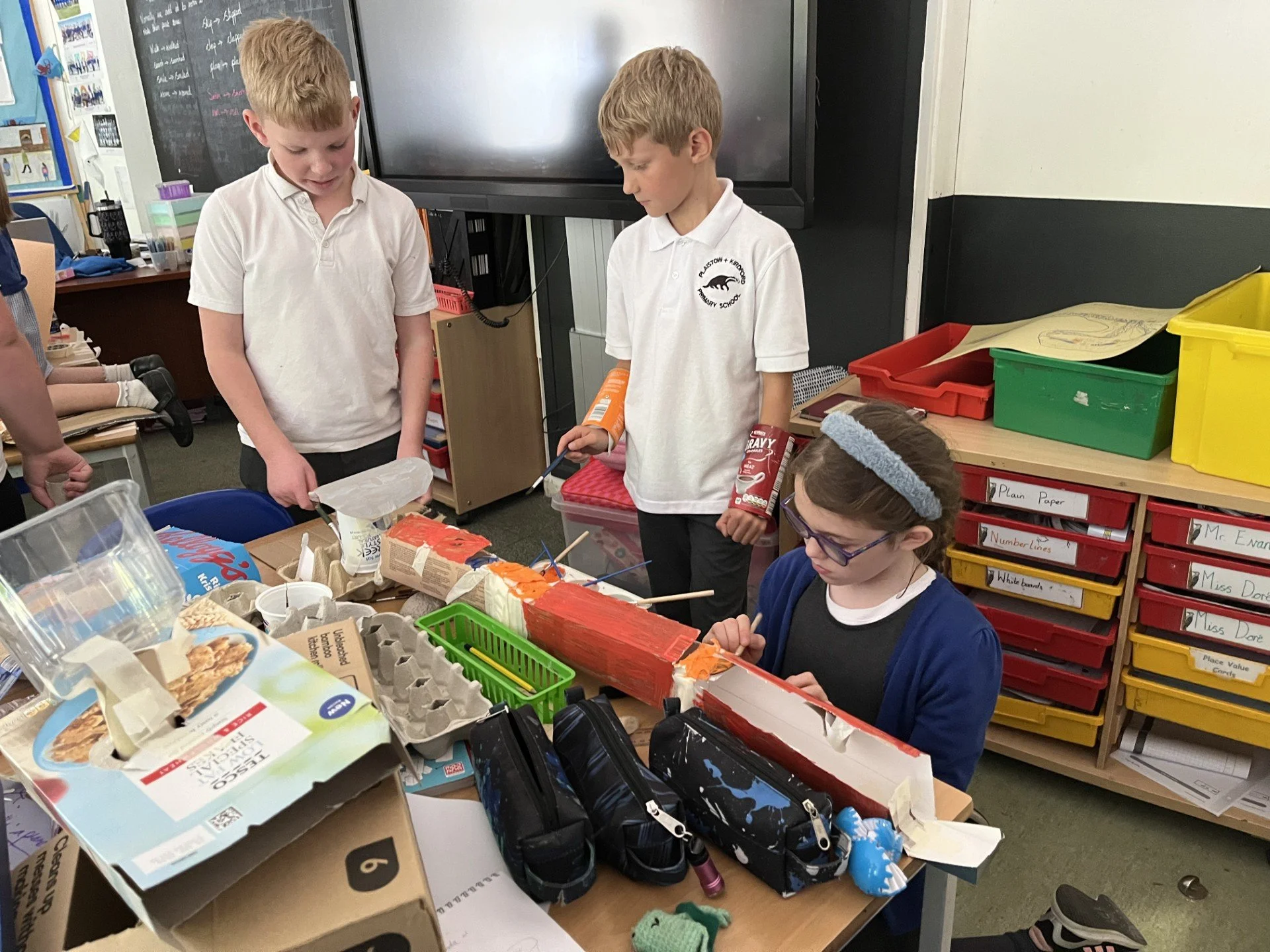
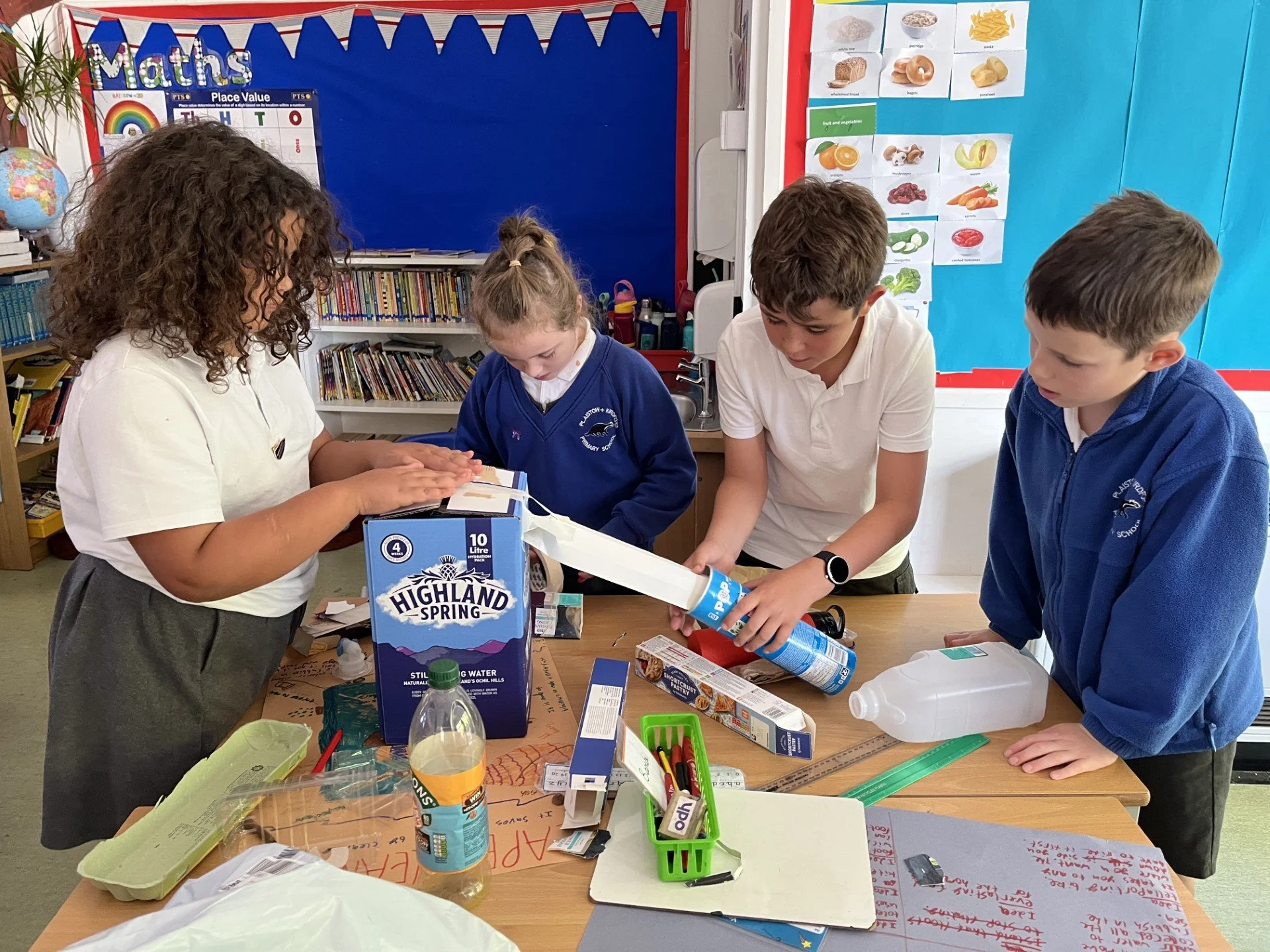
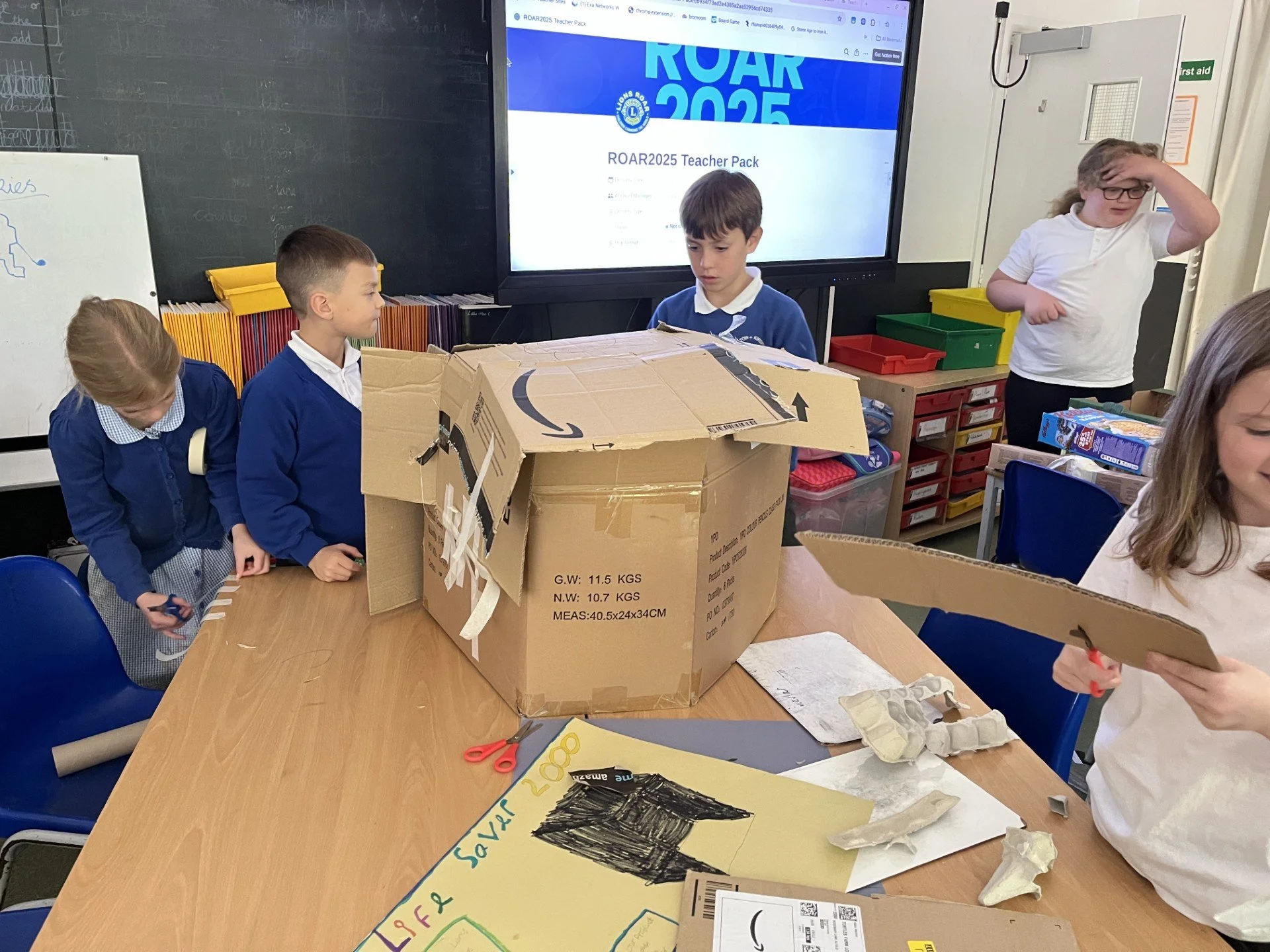
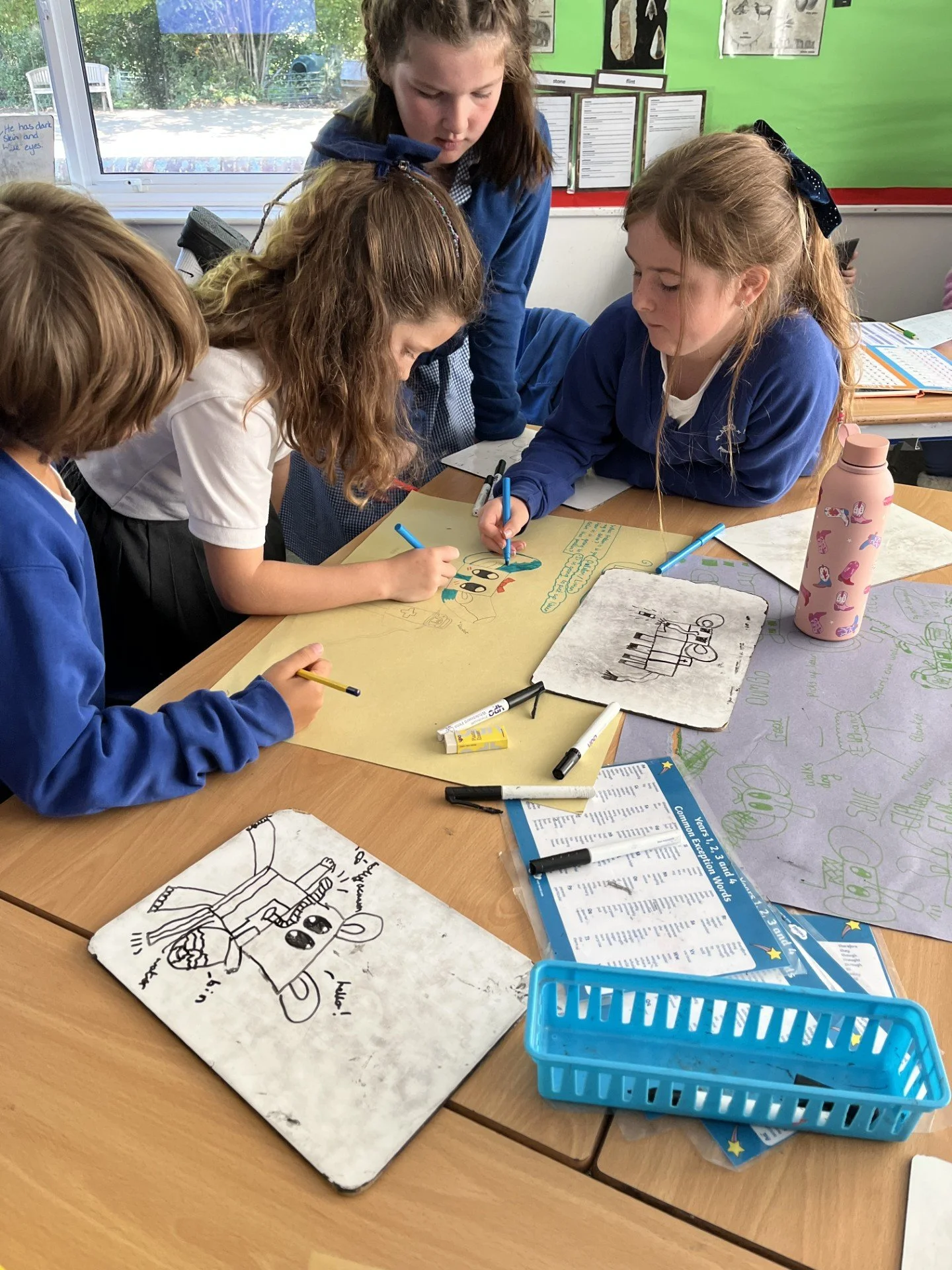
This week we have been looking at Stone Age monuments. We looked at a range of monuments including henges, identified their features and had a go at designing our own. We then went outside and built our henges using natural materials.
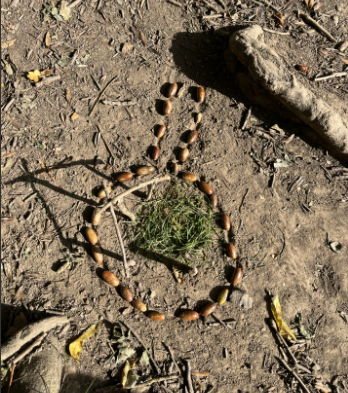
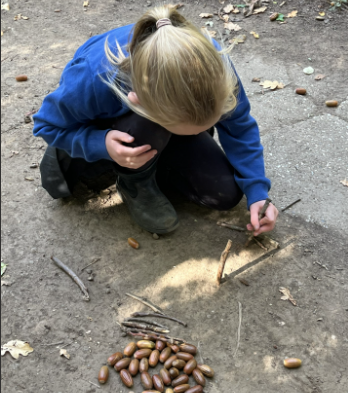
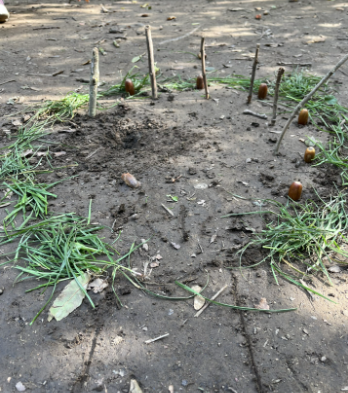
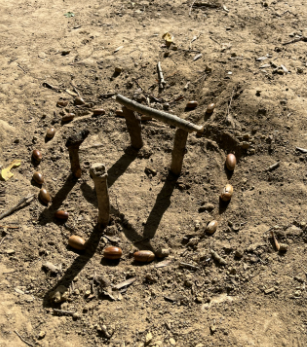
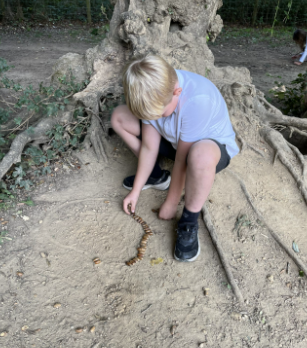
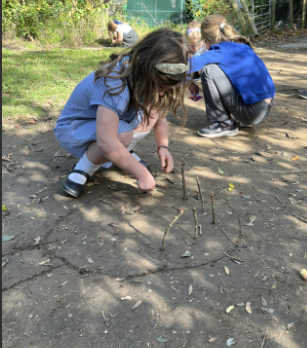
Today we erupted our volcanoes!
We had to use our measuring skills to mix together water, vinegar, washing up liquid and red food colouring before adding the bicarbonate of soda to make them erupt.













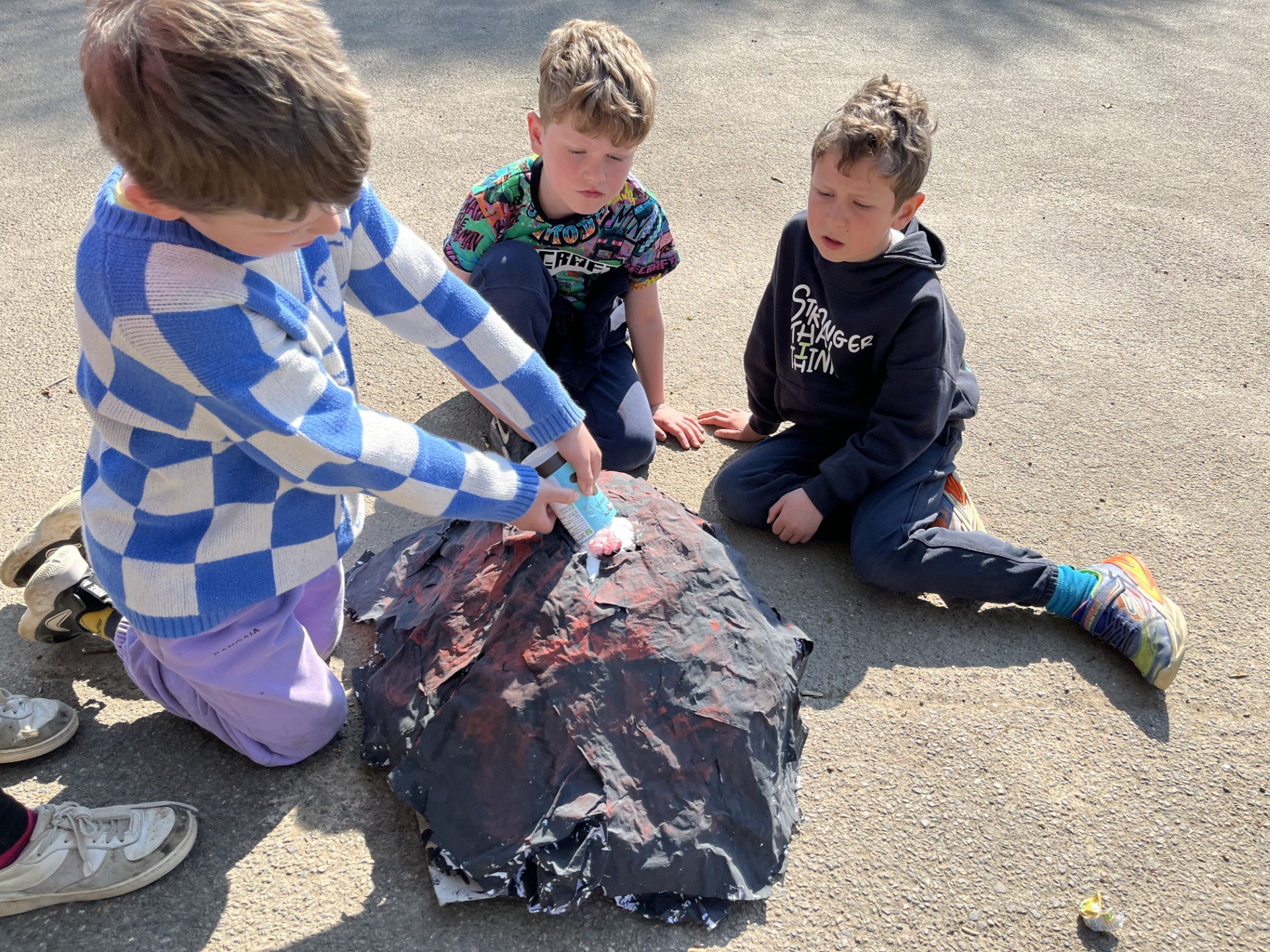









Today we held our class egg roll. The Woodpeckers made it very difficult to choose the best design - they were all so different and creative!
We have now got our three finalists ready for Friday’s final.








In maths this week we have been looking at capacity and volume. As part of this we have been measuring different amounts of water.
We have also been looking at food containers and spotting how much liquid they hold.







Over the past few weeks we have been looking at the artist L.S Lowry. We have drawn figures in the same style as Lowry and this week we have been drawing the school.


Once again we have been working hard on our volcanoes.
This week we have painted them. We first covered them in a layer of black paint which looks like cooled lava from previous eruptions. We then used a sponge to add brown paint.
Our next step is to make them erupt!







This week we applied our last layer of paper mache to our volcanoes.




This week we finished scrunching up ball of paper to create the shape and moved on to covering them in paper mache.






This week we had our first tag rugby session with Mr Meaney. We had a fantastic afternoon and Mr Meaney was very impressed at how quickly we picked up the new skills.





We have started making our volcanoes! Our first step was to stick our milk bottle to our cardboard base. We then scrunched up balls of paper and stuck them to the bottle and card to create the shape of the volcano.







This week we have looked at the artist Nils Lagergren. His "Vessels" art project is all about ships and shipwrecks. In one part of this project - the "Ghost Fleet" project - Lagergren uses nature. He sinks the ships he builds and nature transforms them into shipwrecks before they are salvaged (after 2-4 years) and reborn as sculptures and objects of art.
We took inspiration from Nils Lagergren’s model boats and we had a go at making our own model boats using lolly sticks. We built them using the clinker method.







As part of art week we tried on scuba diving gear - it was very heavy!

We combined our art week project with our topic of Through the Ages and made coracles.
Coracles were made from weaving willow and then covering the frame in tar covered canvas. In prehistoric times they would have been covered in animal skins.
Our coracles were made by weaving pipe cleaners and then covering the frames with material.



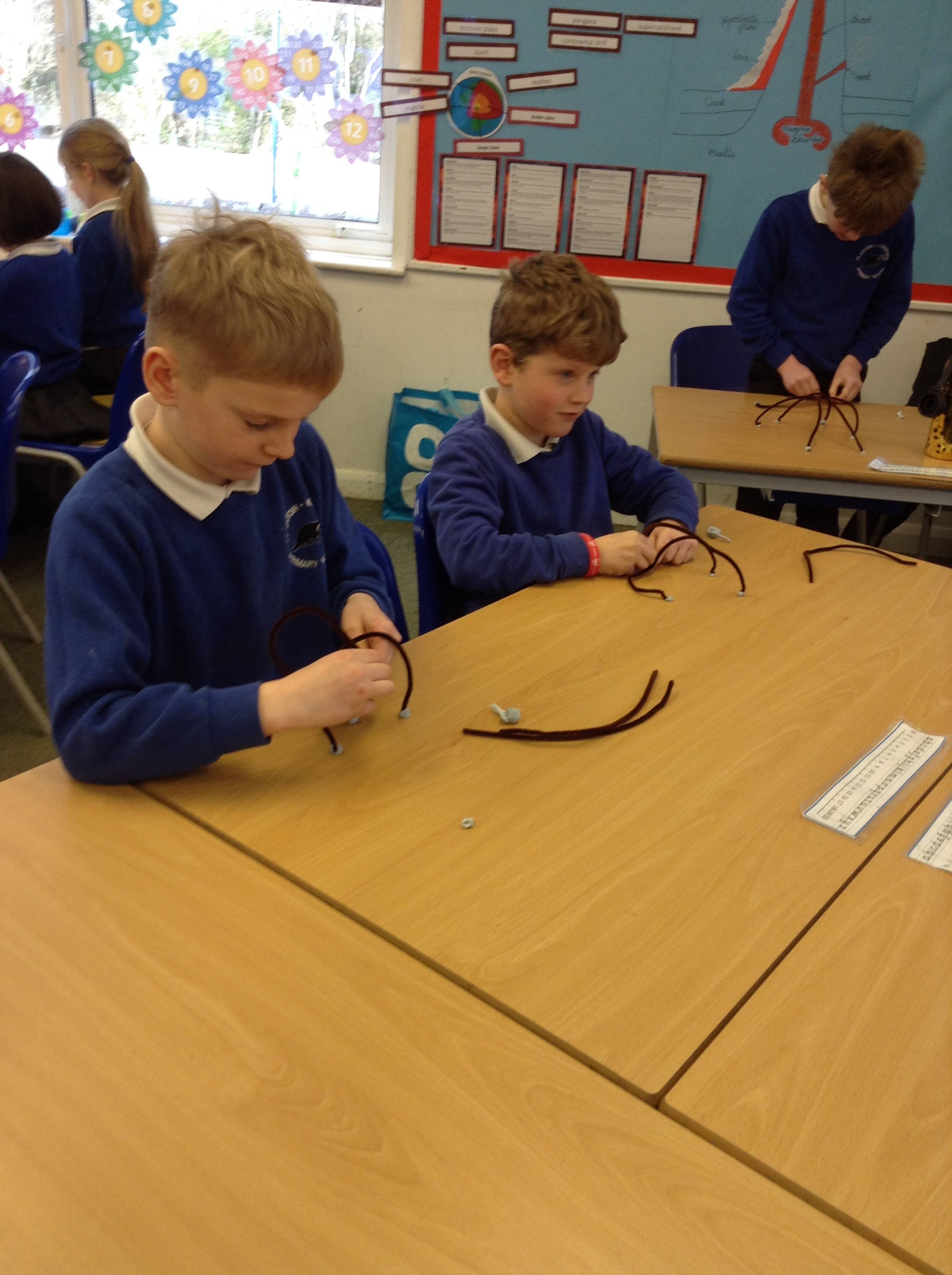


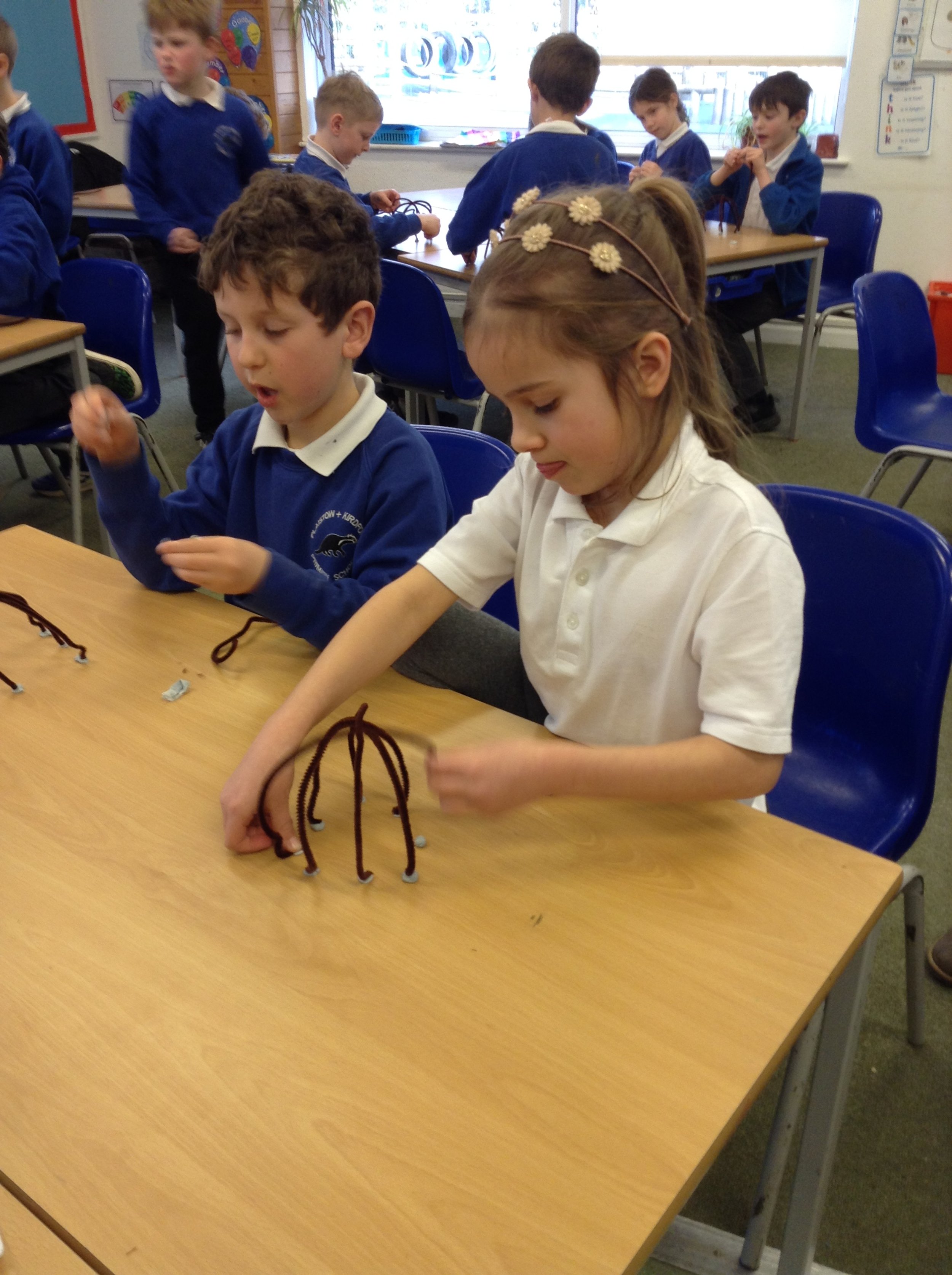


This week we have been measuring in maths. We have measuring using metres, centimetres and millimetres. We then looked at converting measurements from metres to centimetres and centimetres to millimetres and vice versa.


This week we used our clay ammonites for printing. We used a range of colours to paint our ammonites and then printed them on to paper.



This week we have continued our art all around ammonites. This week we have been making them out of clay and thinking about patterns. Next week we will be using our ammonites for printing.

This week we have been testing rocks and thinking about which one would be the most suitable to make a monument with. We were looking at chalk, marble, sandstone and slate. On each one we performed a permeability test and a scratch test to determine how easily they would be eroded.
At the end of the experiment we used our results and reached the conclusion that marble would be the best to make a monument with.


